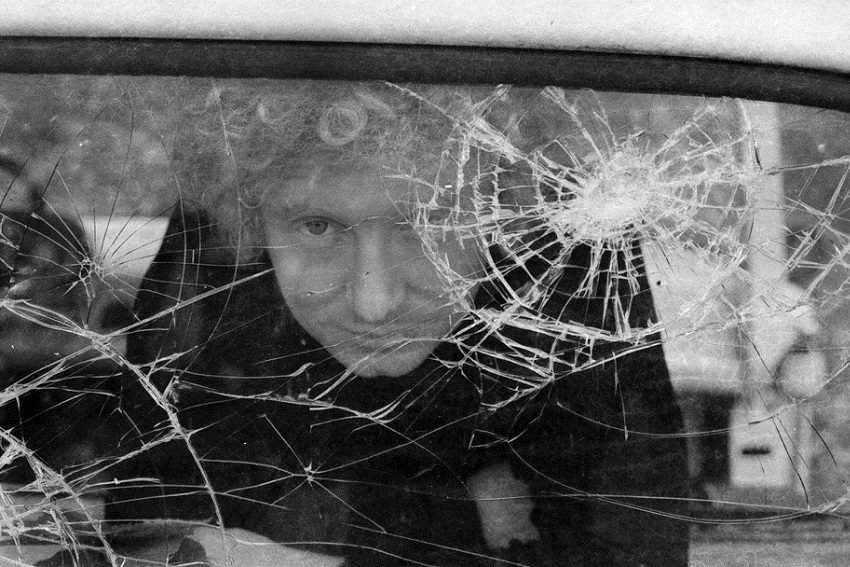Film Review: Whiteley

Brett Whiteley (1939 – 1992), a towering figure in the easily-shocked-and-scandalised Australian arts scene, is brought to life in this tremendous documentary from co-writer, co-producer and director James Bogle, known for dark prestige dramas like In The Winter Dark and Closed For Winter.
A combination of file footage and audio, family photos, old and sometimes new interviews, subtle dramatic recreations and animations, it’s a wonderfully vivid study of a controversial guy who, just for once, changed everything.
After glimpses of Sotheby’s auction house, where Whiteley works now go for more than two million dollars, and some words from the since-late Andrew Olle, who mentions how Brett was obsessed with the naked female form (as if no other artist in history has ever been), we get down to biographical business. Snapshots show young Brett, his sister Frannie and his parents Clem and Beryl. We hear how this ordinary family in Longueville, Sydney, had a hand grenade thrown into it (ie. him), and how cracks appeared in his parents’ marriage after Beryl whacked Clem with a frying pan one evening.
Brett was soon whisked off to boarding school, which instilled in him a sense of resentment, but we hear him explain how all this changed when he started drawing and, by chance, read a book about Van Gogh. Suddenly he was sketching homeless people and, at 20, winning a scholarship that sent him to Florence, where he was overwhelmed and creatively blocked by the great Italian painters.
His longtime girlfriend Wendy came to his rescue. After they were married and went honeymooning, his work started to take on the sensual and erotic styles that so outraged certain audiences, and, unlike some documentaries about all sorts of artists, we actually see those paintings. Wendy, who helped Bogle greatly with the production, also talks of their time in Paris, a spell in New York’s Chelsea Hotel alongside Janis Joplin and Jimi Hendrix, which led to one of Brett’s most startling efforts, The American Dream, and a breakdown, fuelled by drink and drugs.
After a stint in Fiji, Brett eventually returned to Australia as a somewhat notorious celebrity with both Wendy and his daughter Arkie (1964 – 2001, also a brief ‘Ozploitation’ cinema star), where the artistic establishment perpetually described him as “reckless”, “deranged” and, of course, “pretentious”.
With linking narration by Whiteley biographers Barry Pearce and Kathie Sutherland, observations by former artistic curators, a bit with the late Robert Hughes and excerpts from a Philip Adams radio interview, Whiteley keeps coming back to images of Brett himself. While he did look like a sort of electric-haired hybrid of Harpo Marx and another late lamented trouble-maker, Malcolm McLaren, he was nevertheless quite obviously brilliant. It’s a shame that it’s taken the Aussie artistic establishment so damn long to accept that.
Rated M. Whiteley is in cinemas now